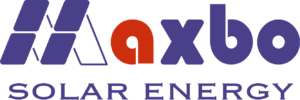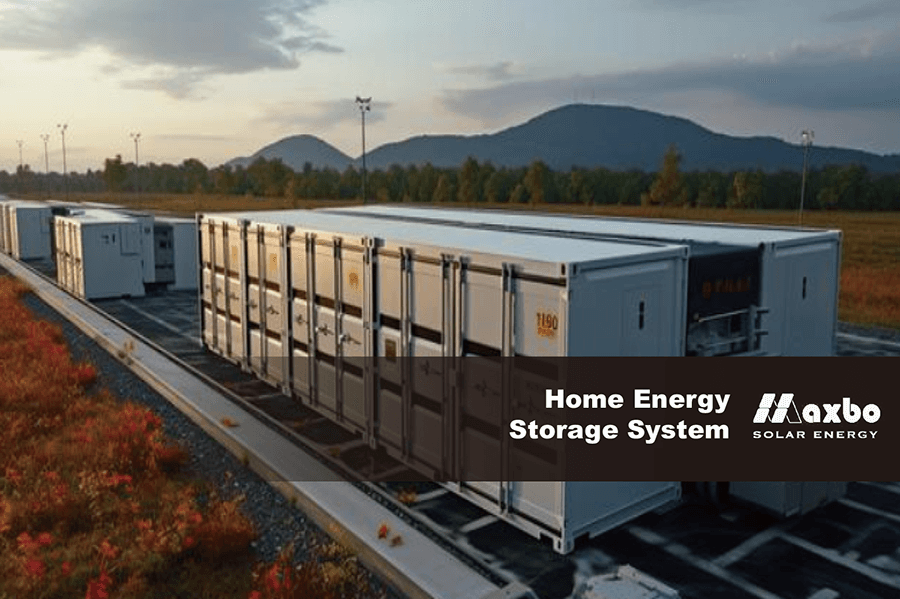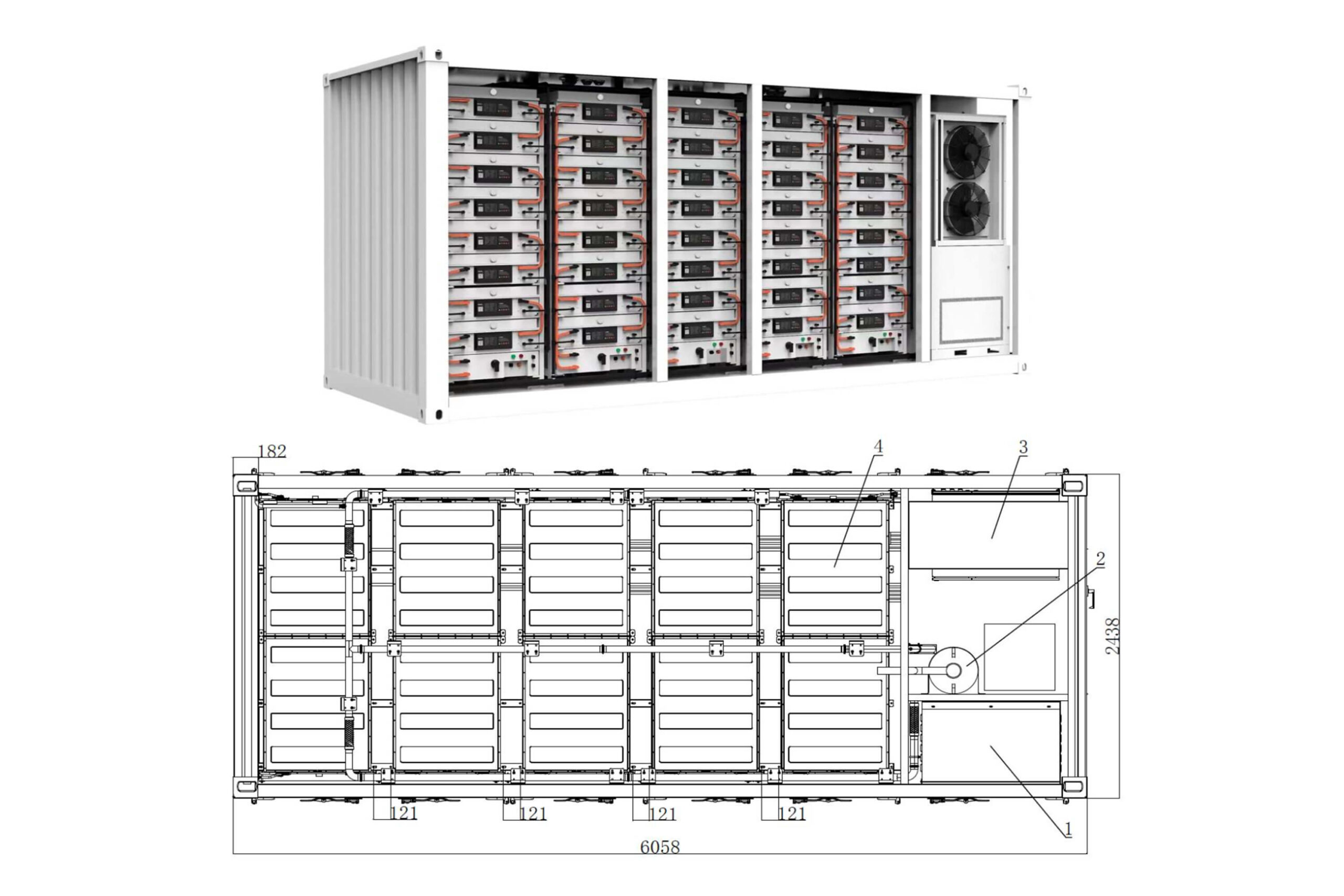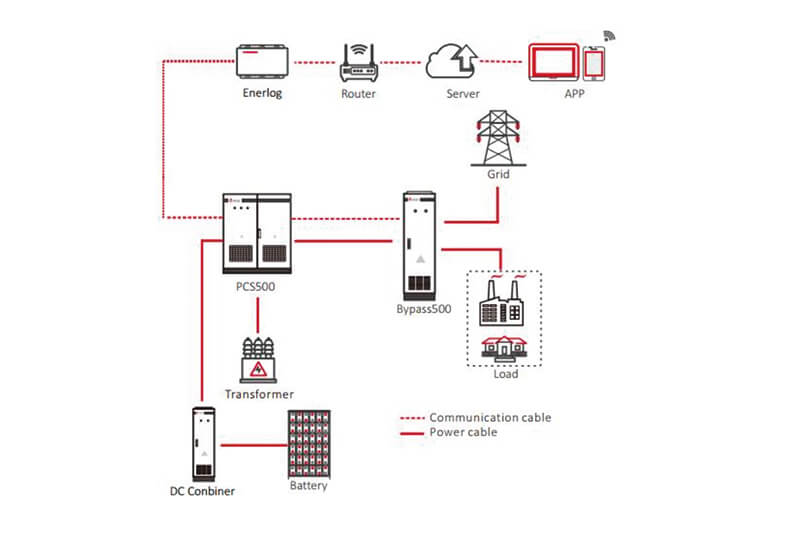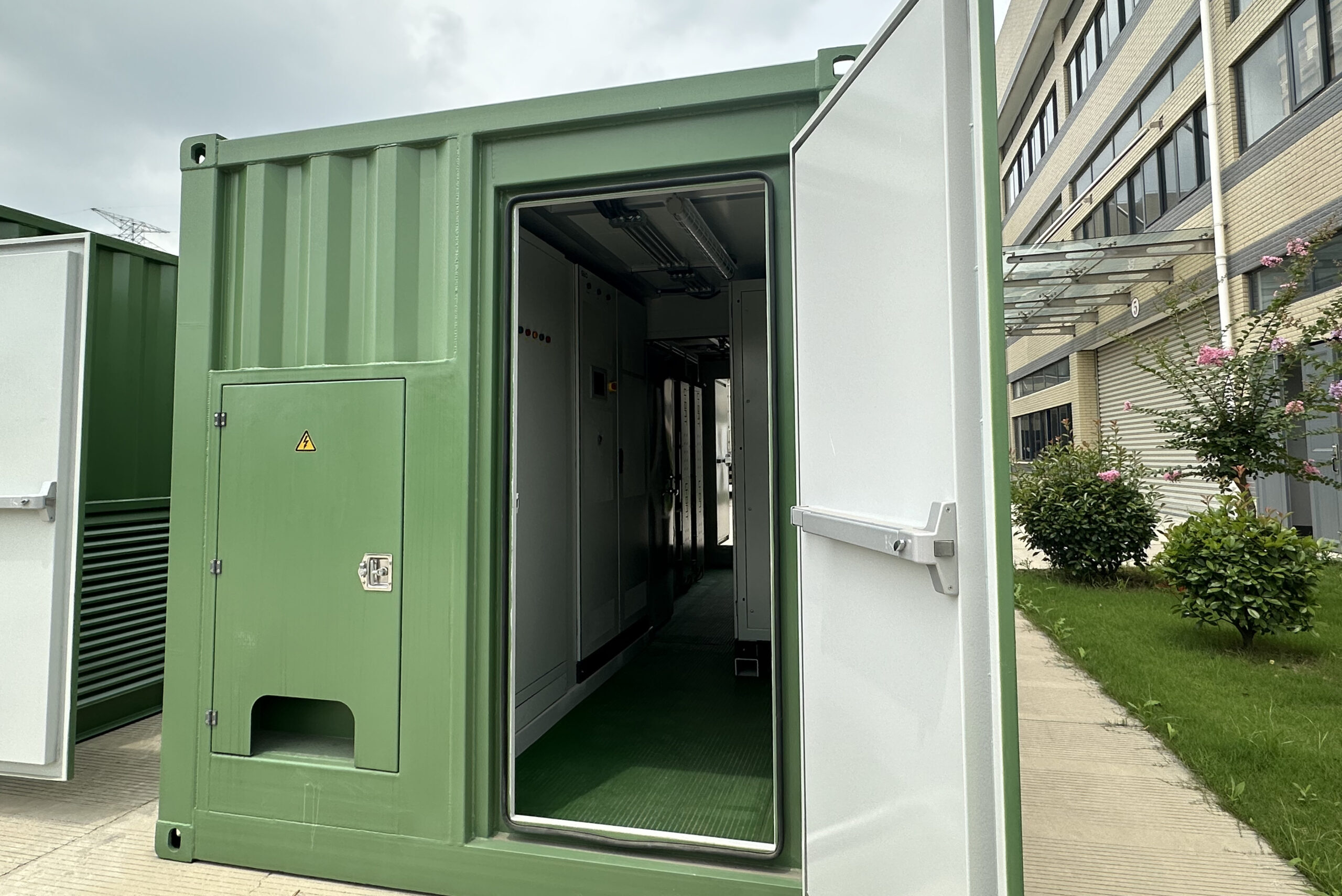In the quest for cleaner and more sustainable energy sources, solar power has emerged as a leading contender. Over the years, solar panel technology has seen remarkable advancements, making it more efficient and accessible than ever before. In this article, we’ll explore the latest developments in solar panel technology and how these innovations are driving increased efficiency, making solar energy an increasingly attractive option for a greener future.
The Evolution of Solar Panels
Solar panels, or photovoltaic (PV) cells, have come a long way since their inception. Traditionally, they were made from crystalline silicon, the same material that has dominated the semiconductor industry. While silicon panels remain highly efficient and widely used, newer technologies are expanding the horizons of solar energy generation.
Thin-Film Solar Panels
Thin-film solar panels are a noteworthy advancement in solar technology. These panels are made using various materials, including cadmium telluride (CdTe), copper indium gallium selenide (CIGS), and amorphous silicon (a-Si). Thin-film panels are lighter, more flexible, and easier to manufacture than traditional crystalline silicon panels. They can be integrated into various surfaces and are well-suited for unconventional applications like solar roofing tiles and solar-powered fabrics.
Bifacial Solar Panels
Bifacial solar panels have gained popularity for their ability to capture sunlight from both sides, increasing energy production. These panels utilize reflected and diffused sunlight to generate additional electricity, making them ideal for installations in areas with high albedo (reflectivity) such as snowy regions or near bodies of water.
Perovskite Solar Cells
Perovskite solar cells have garnered significant attention for their potential to revolutionize solar technology. These cells are made from perovskite-structured materials and have shown impressive efficiency gains in a short period. They are lightweight, cost-effective, and can be produced using simple manufacturing processes. However, they still face challenges related to long-term stability and scalability.
Tandem Solar Cells
Tandem solar cells, also known as multi-junction cells, stack multiple layers of different materials on top of each other. Each layer absorbs a specific portion of the solar spectrum, allowing for greater energy conversion. Tandem cells have achieved impressive efficiency levels, breaking the 29% mark in laboratory settings. They hold promise for further advancements in commercial solar panel efficiency.
Transparent Solar Panels
Transparent solar panels are an exciting development, as they can be integrated into windows and building materials while allowing light to pass through. These panels are often created using organic photovoltaics, and they have the potential to transform urban architecture by turning buildings into energy-generating structures.
Increased Efficiency
Efficiency is a crucial metric in solar panel technology. The efficiency of a solar panel indicates the percentage of sunlight it can convert into electricity. Traditional silicon panels typically have efficiencies ranging from 15% to 22%. However, the latest advancements have pushed the boundaries of efficiency.
Tandem solar cells have achieved efficiencies above 40% in laboratory conditions, offering the promise of significantly increased energy production. Perovskite solar cells have seen rapid improvements, with some prototypes reaching efficiencies comparable to silicon panels.
Moreover, ongoing research and development are focusing on improving the durability and stability of these advanced solar technologies, addressing concerns related to long-term performance and environmental impact.
Accessibility and Affordability
As these advancements continue to drive solar panel efficiency, they are also making solar energy more accessible and affordable. Falling production costs, increased competition in the solar industry, and government incentives have further lowered the overall cost of solar installations, making it a practical choice for homeowners, businesses, and utilities.
A Greener Future
The constant evolution of solar panel technology represents a significant step toward a greener future. These advancements not only increase the efficiency of energy generation but also promote the integration of solar power into diverse applications, from transportation to architecture. As solar energy becomes more efficient and affordable, it’s poised to play a more significant role in the global transition to clean, renewable energy sources.
In conclusion, solar panel technology is evolving at a rapid pace, with innovations like thin-film panels, bifacial cells, perovskite cells, tandem cells, and transparent panels driving increased efficiency and accessibility. These advancements are not only making solar energy more cost-effective but also opening up new possibilities for sustainable energy production in a variety of applications. The future of solar power holds great promise, and it’s a beacon of hope for a more sustainable and eco-friendly world.
If you want to customize your own photovoltaic solution today, please contact us.
